The Latest from Nancy...
Cloud Gate in Chicago

Cloud Gate, nicknamed The Bean
This piece of sculpture is officially called the Cloud Gate, but has been nicknamed The Bean. It was designed by artist Anish Kapoor and draws thousands of tourists. The reflections in some places are like funhouse mirrors.

Under the Bean
Standing underneath the Bean provides funhouse type views of your reflections.
The last photo is one taken to prove I found the geocache that is there.

Me standing at the Bean
Entering the old City of Nürnberg
Washing Your Hands?

Old German washstand for washing fingers,
not hands, before eating.
Shown here is one style of what we would call an old washstand. These were used in Germany in the 1600’s for washing your fingers before eating. Yes, I did say fingers instead of hands. You didn’t wash both hands, instead you washed only the first two fingers and thumb of each hand. No housewife wanted to waste water, and the first two fingers and thumb is all you use when eating. (Notice next time you eat…this is true!) And, I’m sure that if you are the one who has to go outside with a bucket, draw the water from a well, and then lug it inside to use, you don’t want to be making a lot of trips to the well.
Inside St. Sebaldus Church
Artists' Pigments
The sole reason I toured Albrecht Dürer's house in Nürnberg, Germany, was because I had read there was a display of his paint and where it came from. Now Dürer lived 170 years before Maria Sybilla Merian did, but things were slow to change back in those days; I figured the source of paints would still be the same. I had already spent two and a half years researching the old paint recipes to find a few which would be usable in the classroom during the study of art in the Middle Ages. (I was bored with the time period and needed a way to "liven it up" 'cause it's a sure bet that if the teacher's already bored, the students will be triply bored, and the last thing we need is bored kids in the classroom.)
I was delighted to see that what I had read was confirmed here.

The blue pigment in the picture on top is azurite; the powdered form was kept on the half shell, it's source is the azurite rock behind. The red pigment was new to me–it is called Drachenblut, or Dragon's Blood. It comes from a red resin from the fruit of a palm tree found in Asia.

The center picture shows a pigment made from roots of the Rubia plant–also new to me–on the left. On the right is a dish of cochineal bugs which, when crushed, make a purply-red pigment. (And, yes, the dried bugs do stink if you get your nose too close to them!)

The bottom picture shows the beautiful bright red pigment derived from Cinnabar rocks from Spain.
One added note: most rocks lose their color when crushed and cannot be used to make paint. Those that do retain their color make very lovely paint, indeed.
Weather…
I’m getting very tired of all the rain, storms, high winds, and, of course, tornadoes! It has rained so much I haven’t been able to get my rain barrel made; isn’t that ironic! I’m sure that when I finally get it all done…well, we’ll probably have a drought and there will be no rain to catch. Seems to be the way things often go around here.
I did become aware during this last dash to the basement as the tornado sirens screamed that what I take to the basement with me differs vastly from one time to the next. When we have a bit more warning and I have time, I do a good job of packing and making sure I have flashlights and candles and matches; shoes and jacket just in case; other items of value which seem to vary quite a lot. Sometimes its family information, photos, artwork–often my current project. This last time all I took was the manuscript I’m working on and the backup flashdrive and my cell phone. And this time we took not only our dog and her car seat, but also the visiting neighborhood cat. Ya just never know.
Chörlein
The Frauenkirche on the Market Square
Discovery at a Garage Sale!

Portrait of a Gentleman
Yesterday morning I stopped at a garage sale near my house. I was enjoying seeing what all was there. My eye was drawn first to a small yellow frame, then to the small portrait. It looked very much like my work from several years ago. Looking closer, I discovered my own signature on the painting! What a find!
In the late sixties through the eighties I painted quite a few miniature portraits on commission. Needless to say, I no longer remember who this gentleman is. (Does anybody happen to recognize him? If you do, I would appreciate your letting me know.)
When I went to purchase the painting (along with a few other items), the fellow in charge of the garage sale started “singing the praises” of this “actual painting” (as he put it). When I told him I had painted it, he smiled and said, “Well, you can just have it!”
And now, one little painting that left my hands twenty? thirty? years ago is back with me. It brings a smile to my face.

The size of the painting
A quarter helps to show the actual size of the miniature painting.
Beautiful Fountain
Found the iron ring

Not only is this fountain beautiful, so is the wrought-iron fence around it!
To see more photos of this fountain, go to www.chasingcaterpillars.vox.com
Other Work
Chasing Caterpillars
The Life and Times of Maria Sybilla Merian
Maria Sybilla Merian (1647-1717) lived in a culture where women were supposed to marry, keep house, and raise children. So how, then, did her persistent involvement with caterpillars make such an impact on the world of science? This is her story.
Draft
Varius natoque penatibus et magnis dis parturient montes. Varius natoque penatibus et magnis dis parturient montes.
Missouri Life Magazine
Illustration
Gone But Not Forgotten — Missouri Life Magazine
Artist Profile: Jim Veronee
An article about a Missouri mural artist and his legacy.
I just couldn’t put it down!
– Dixie Simpson
Upcoming Events
September 8, 2018
ABC Books, Book Signing • Springfield, MO
1-3 pm
September 31, 2018
Draft, Book Reading • Los Angeles, MO
Lorem ipsum dolor sit amet, consectetur adipiscing elit. Vivamus et nisi mattis, bibendum mi vel, interdum urna. Donec in augue sed turpis hendrerit semper.
Coming Soon!
Available Aug 16, 2018
Missouri’s Best Known Resident, A Dog?
Non-Fiction
In the 1930’s Jim may have been Missouri’s best known resident.
My Writing Blog
Follow Along
Postale: Baltimore
Sent by Postale for iOS.
Greetings from Postale
Sent by Postale for iOS.
Postale: At Harper's Ferry
Sent by Postale for iOS.
Schedule an Event
events@nancybdailey.com
Contact Agent
publishing@nancybdailey.com
Contact Author
author@nancybdailey.com



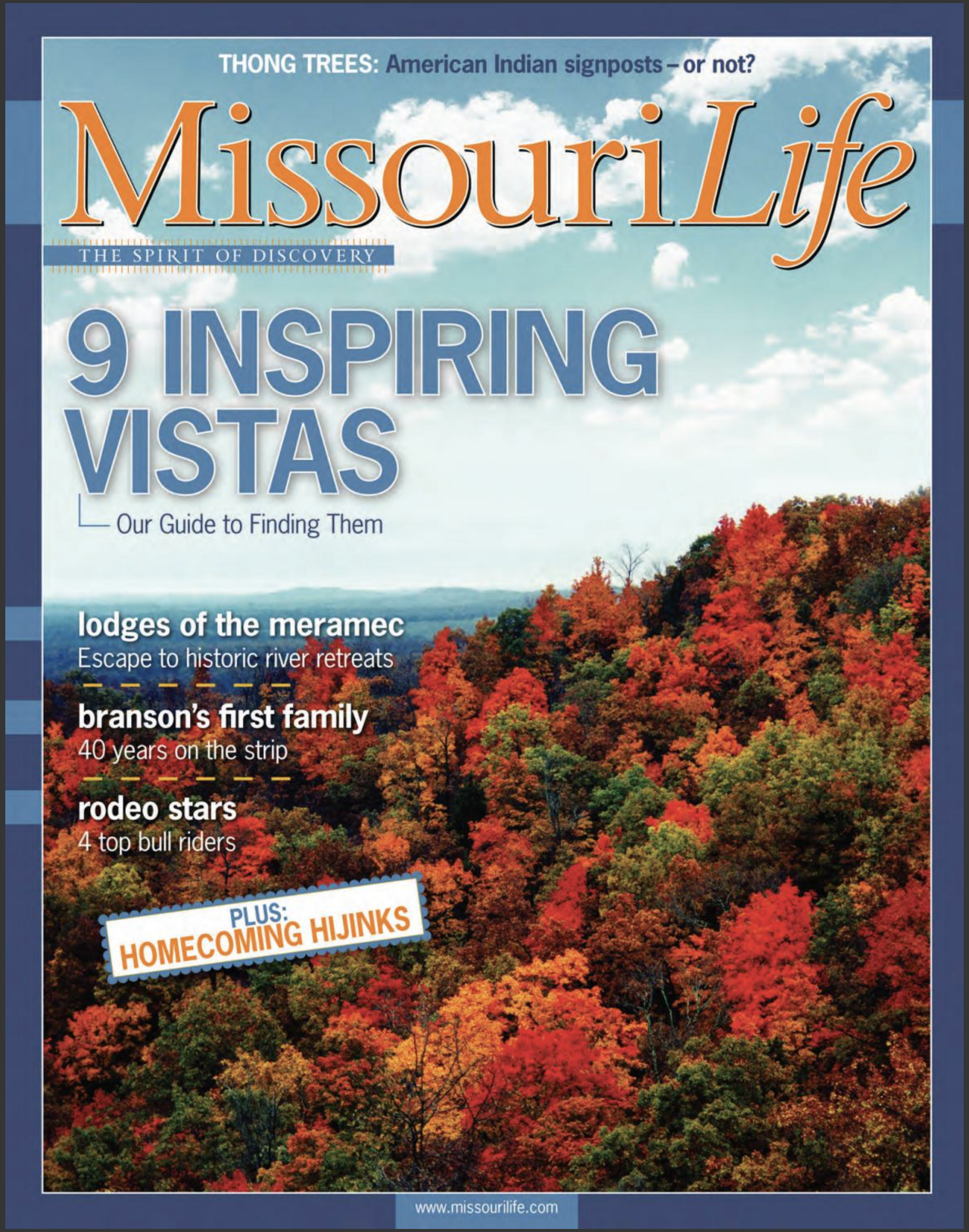
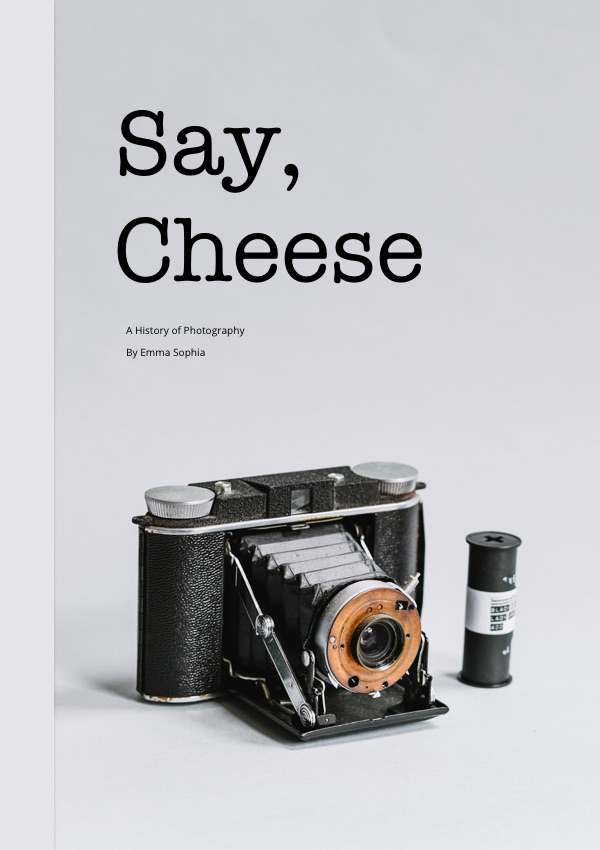
Recent Comments